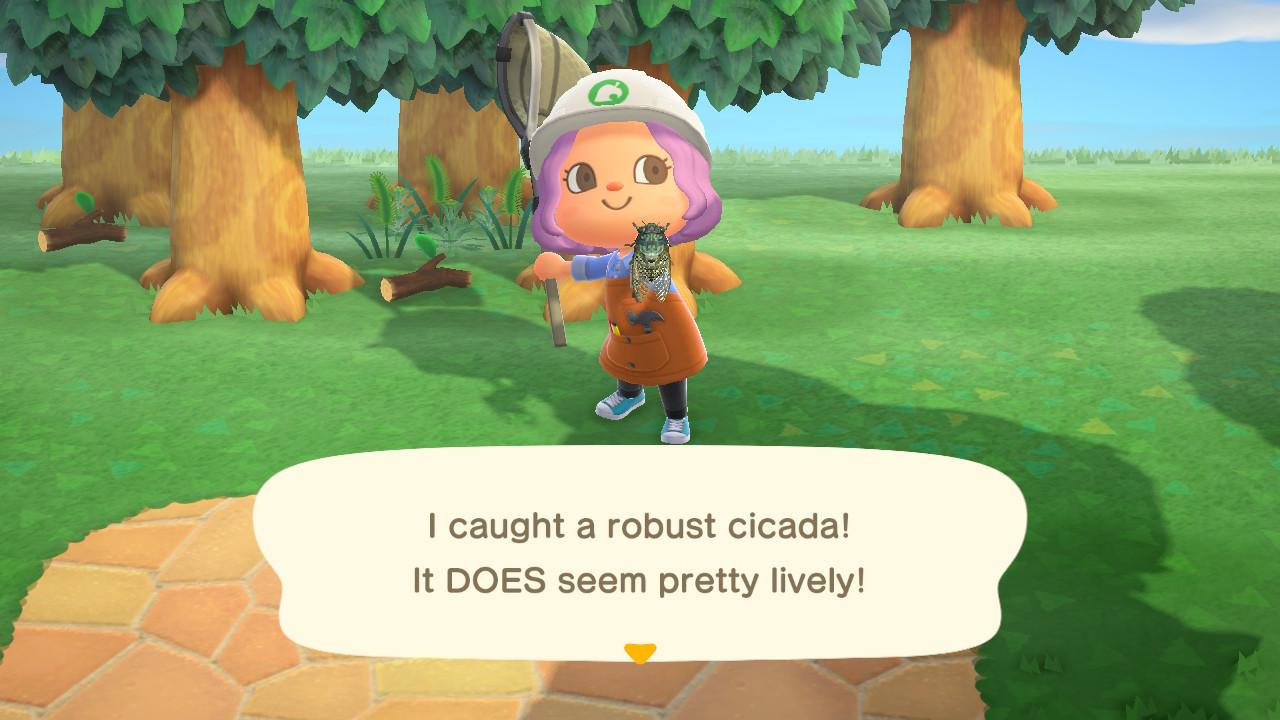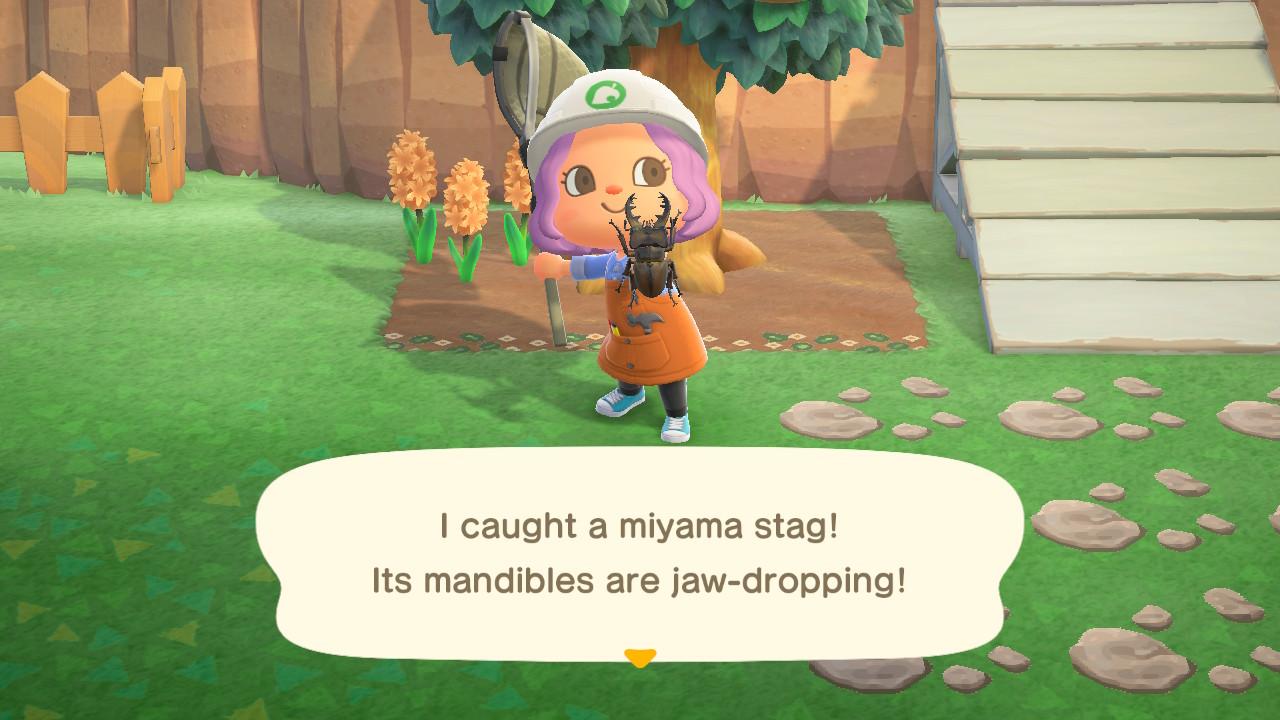You Can Catch More Than Cicadas in 'ACNH' With July's New Bugs and Fish
Updated July 1 2020, 4:05 p.m. ET
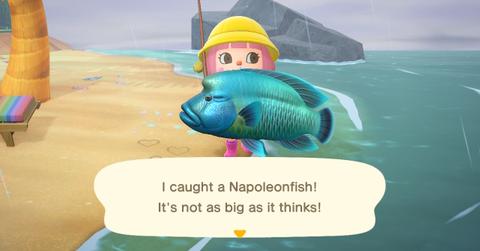
It's a new month in Animal Crossing: New Horizons, and with it comes new bugs and fish for players to catch.
While players are saying goodbye to the common butterflies and fireflies that littered their islands in abundance throughout June, there are new critters and fish to focus on catching throughout July.
Don't forget to donate one of every new creature you find to Blathers at the museum so you can complete your collection. Some of these will only be available for a short time this summer, so it's time to get catching.
Unfortunately, there are no new fish or bugs being introduced in the Southern Hemisphere this month, so this only applies to Northern Hemisphere players.
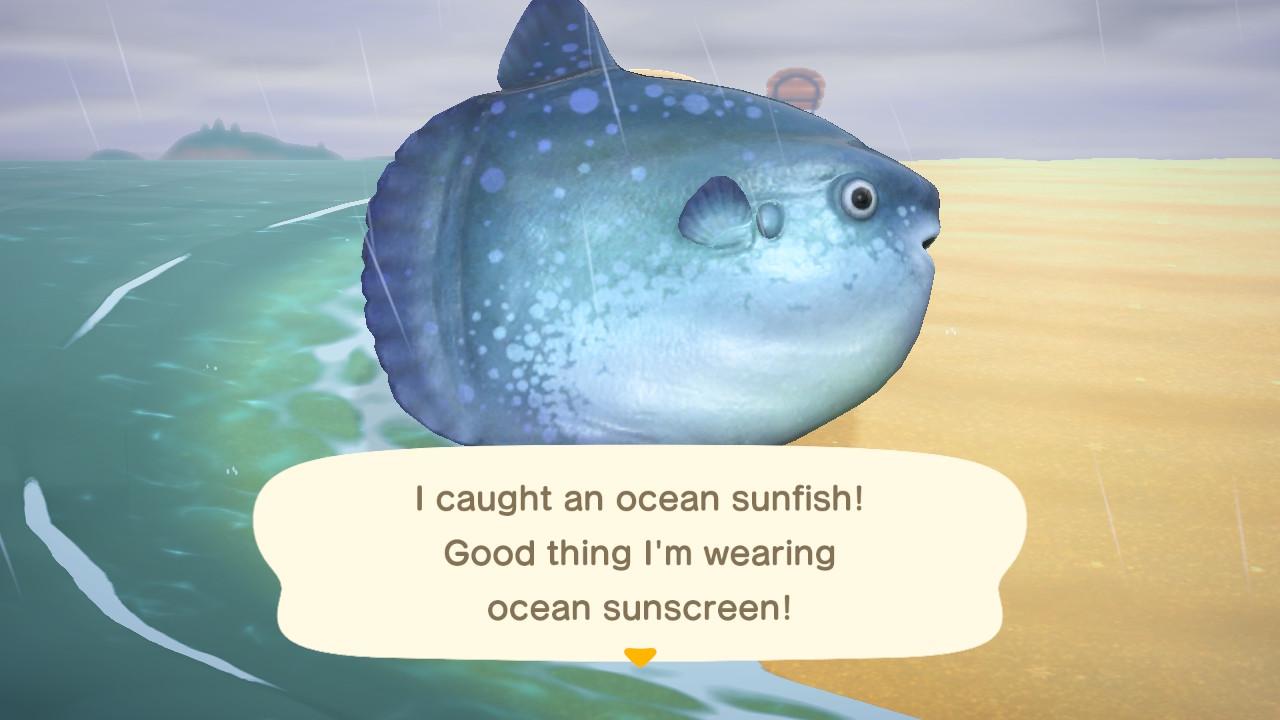
All of the fish coming to 'Animal Crossing: New Horizons' in July
The char and cherry salmon fish are leaving the rivers of your island in July to make room for these new species entering the waters. If you didn't get a chance to catch either of these, don't worry because they'll both be back in September.
Rivers:
- Sweetfish (900 bells): Medium shadow, available all-day through September
Sea:
- Napoleonfish (10,000 bells): Largest shadow, available from 4 a.m. to 9 p.m. through August
- Puffer Fish (250 bells): Medium shadow, available all-day through September
- Ocean Sunfish (4,000 bells): Largest shadow (with fin), available all-day through September
Pier:
- Blue Marlin (10,000 bells): Largest shadow, available all-day through September
All of the bugs coming to 'Animal Crossing: New Horizons' in July
There are a lot of beetles coming to the game this month that will only be available until the end of August. This an unusually short window for some of the creatures, so be sure to catch at least one of all of them while you can!
On Trees:
- Brown Cicada (250 bells): From 8 a.m. to 5 p.m. through August
- Robust Cicada (300 bells): From 8 a.m. to 5 p.m. through August
- Giant Cicada (500 bells): From 8 a.m. to 5 p.m. through August
- Evening Cicada (550 bells): From 4 a.m. to 8 a.m. and 4 p.m. to 7 p.m. through August
- Scarab Beetle (10,000 bells): From 11 p.m. to 8 a.m. through August
- Saw Stag (2,000 bells): All-day through August
- Cicada Shell (10 bells): All-day through August
- Miyama Stag (1,000 bells): All-day through August
- Giant Stag (10,000 bells): From 11 p.m. to 8 a.m. through August
- Giraffe Stag (12,000 bells): From 5 p.m. to 8 a.m. through August
- Horned Dynastid (1,350 bells): From 5 p.m. to 8 a.m. through August
- Walking Stick (600 bells): From 4 a.m. to 8 a.m. and 5 p.m. to 7 p.m. through November
On the Ground:
- Grasshopper (160 bells): From 8 a.m. to 5 p.m. through September
- Earth-boring Dung Beetle (300 bells): All-day through September
- Walking Leaf (600 bells): Under trees disguised as leaves, all-day through September
On Coconut Trees:
- Cyclommatus Stag (8,000 bells): From 5 p.m. to 8 a.m. through August
- Golden Stag (12,000 bells): From 5 p.m. to 8 a.m. through August
- Horned Atlas (8,000 bells): From 5 p.m. to 8 a.m. through August
- Horned Elephant (8,000 bells): From 5 p.m. to 8 a.m. through August
- Horned Hercules (12,000 bells): From 5 p.m. to 8 a.m. through August
On Tree Stumps:
- Blue Weevil Beetle (800 bells): All-day through August
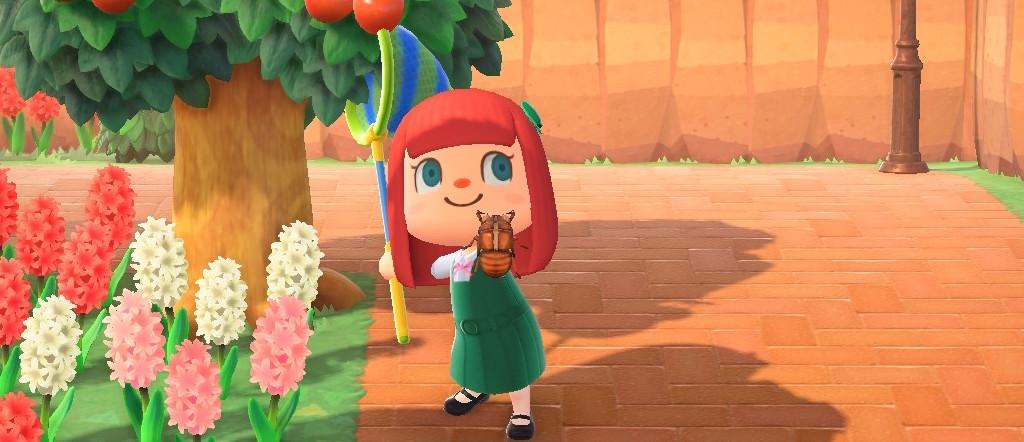
Here’s how to catch a cicada shell in ‘Animal Crossing: New Horizons.’
While not technically a new bug, the cicada shells are still listed as a new item you can donate to the museum to complete your compendium. Luckily, they're not as hard to catch as some of the other bugs in the game.
To catch a cicada shell, you'll want to look for them on the trunks of trees, similar to a lot of other bugs in the game. They won't fly away if you get too close, so as long as you don't touch the tree the cicada shell is on, you'll have plenty of time to equip your net and catch it.
Unfortunately, cicada shells don't sell for much at Nook's Cranny, so they're not an effective method to make money fast in the game. Once you've donated one to Blathers at the museum, you're safe to ignore them for the rest of the season.
There is no specific time of day that cicada shells are more prevalent and should be available to find at all hours until the end of August.
